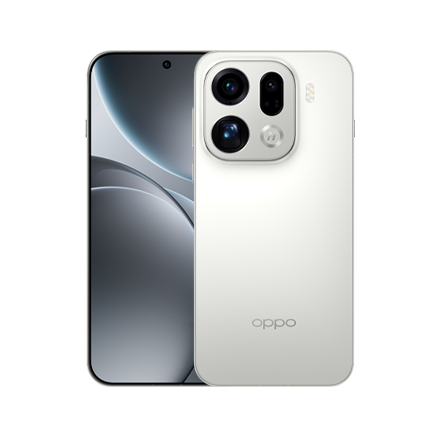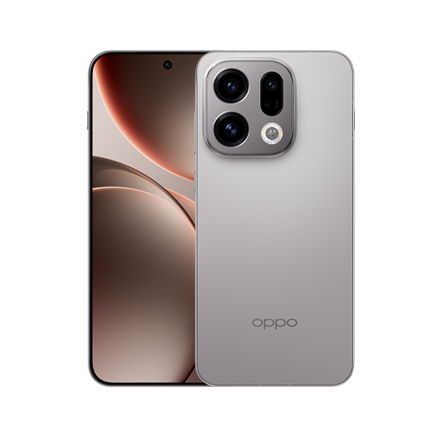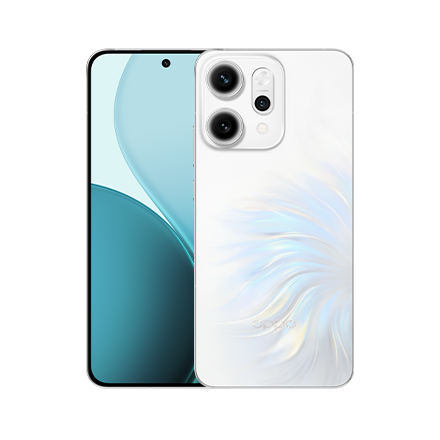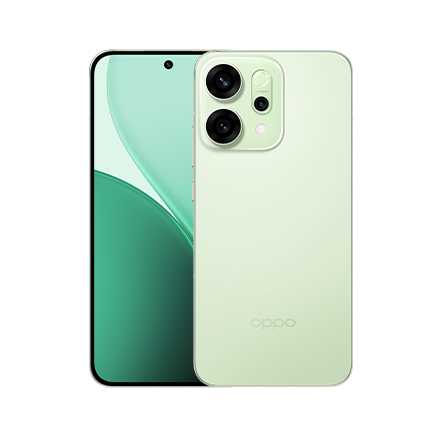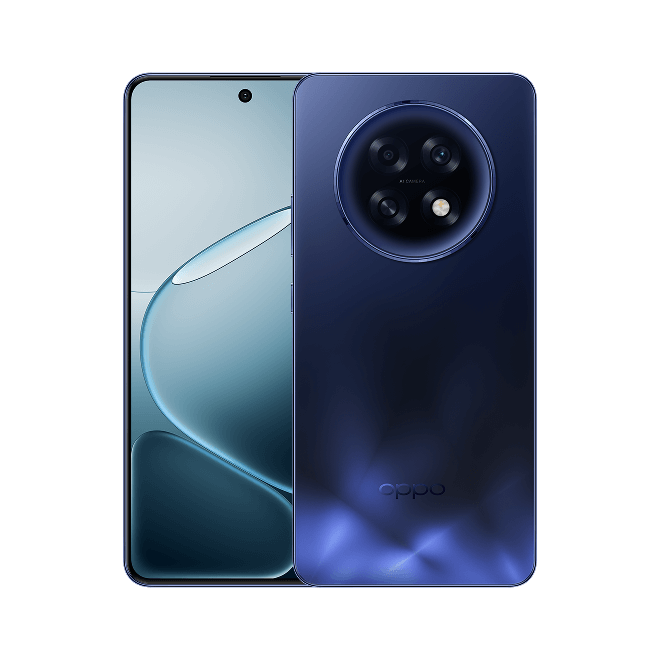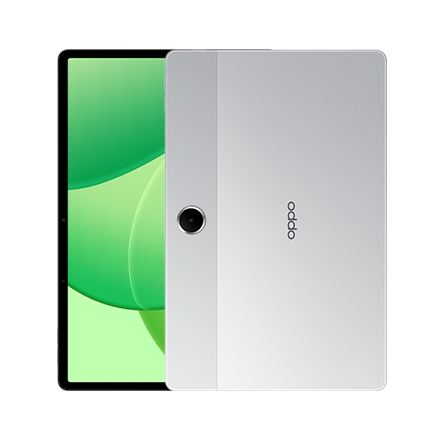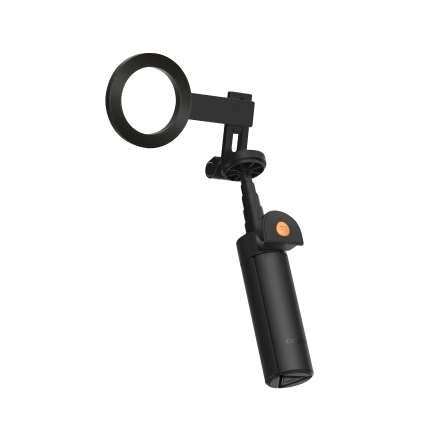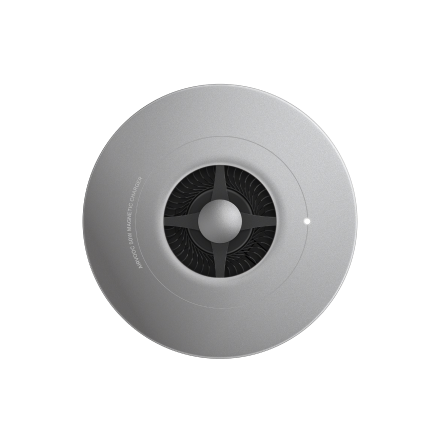Is AI the new lens for smartphone photography?

By Savio D'Souza, Head–Product Communications, OPPO India
Between 900 and 1000AD—Egyptian mathematician and astronomer Ibn al-Haytham explored the science behind the pinhole ‘Camera Obscura’. In 1685, German Johann Zahn envisioned a portable hand-held version of the Camera Obscura. In 1839, thanks to Frenchman Louis Daguerre’s daguerreotype process, we got the first permanent photos. In 1888, American entrepreneur George Eastman shook things up with the Kodak camera that used roll film. Then, in 1948, another American, Edwin Land, brought us the instant camera and founded Polaroid. By 1975, Kodak’s Steven Sasson had created the first digital camera. Logitech jumped in with the first commercially available digital camera, the Dycam Model 1, in 1990. Finally, the camera phone era kicked off with Kyocera’s VP-210 in 1999, and the rest is history as smartphone cameras took over the world!
The Smartphone Photography Boom
Today, we live in a world where almost everyone is a photographer, thanks to the smartphone. As of 2023, an estimated 6.92 billion people worldwide own a smartphone. That’s almost 86% of the global population! With these devices, over 1.4 trillion photos are taken every year – that’s about 44,000 photos per second. To put it in perspective, back in 2000, before camera phones became mainstream, around 80 billion photos were taken annually. The rise in smartphone ownership has caused an explosion in photography, with the average person snapping over 20 photos daily.
But taking photos is just the beginning. With the sheer number of images we capture daily, organising them can be a challenge. Enter services like Google Photos, used by over 1 billion people globally. It employs powerful algorithms that can recognise faces, sort images by location, and even identify different sceneries – automatically categorising your photos into albums.
The Art and Algorithms of Digital Photography
With smartphones, brands like OPPO are pushing the boundaries of what’s possible. For example, OPPO’s Bokeh Flare feature makes portraits look like they were taken with a professional DSLR, creating a natural blur in the background that highlights the subject beautifully. What’s more, these smartphone cameras are smart – they can recognise age, gender, and skin tone, ensuring that beautification effects are tailored specifically to each individual. This attention to detail is crucial in a diverse country like India, where capturing the richness of skin tones and cultural markers, like the traditional ‘bindi,’ is essential. This technology ensures everyone looks their best while staying true to their natural beauty.
AI in Smartphone Cameras: The Future is Here
Today, the integration of AI in smartphone cameras has truly revolutionised photography. Smartphones can do things that were once the domain of professional photographers and editors. Imagine taking a group photo where someone’s eyes are closed – no problem! AI can now “open” those eyes in the photo, ensuring everyone looks perfect. It can also remove unwanted objects or people from the background, fix lighting issues, and even create composite images where everyone in the group looks their best. OPPO India has recently introduced the AI-powered features across its latest product line-up, such as AI Smart Image Matting, AI Eraser, AI Clear Face, and AI Best Face, all of which ensures that every shot is exceptional.
What’s Next?
The future of photography is looking brighter than ever. With advancements in smartphone processors, camera sensors, and telephoto lenses, we’re on the brink of even more stunning innovations. We can expect new features like image-processing algorithms that mimic famous photographers' styles or adjust settings based on individual preferences. Just like Lytro Illum camera in 2014 allowed photographers to tweak focus, perspective and depth of field after a photo is taken, future AI might let you do the same thing, thus changing the dynamics of storytelling through images. AI could also use online libraries of images from popular locations to help reconstruct your photos if the original shot isn’t perfect. It could combine with augmented reality (AR) for even more creative options.
AI will continue to play a massive role, making it easier for anyone to capture professional-quality images without needing a degree in photography. We must appreciate the evolution of technology that has made it all possible – from the earliest cameras to the AI-driven smartphones of today. Photography has never been more creative, and we, at OPPO India, remain committed to make it more accessible.
